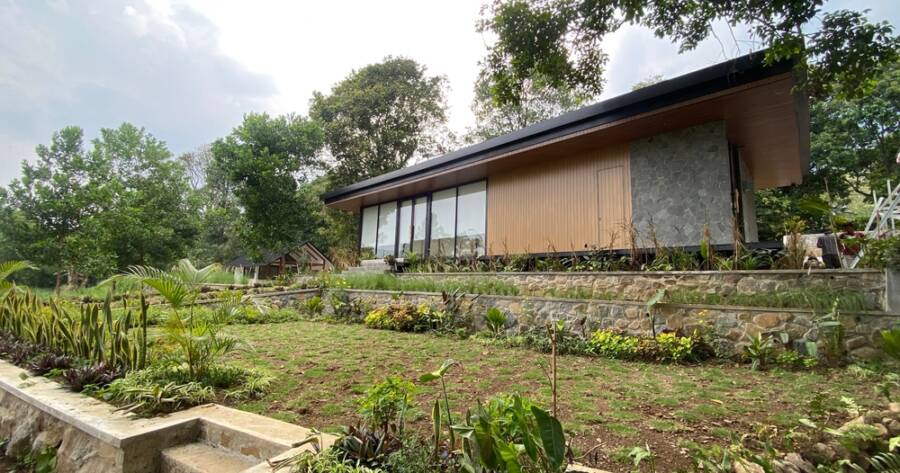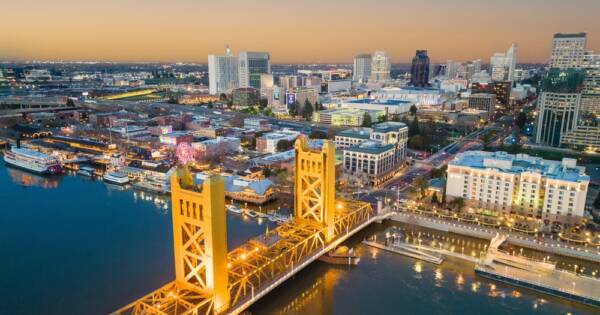Prefab bungalows have emerged as a stylish and potentially affordable option for modern housing, capturing the interest of homeowners and developers alike. Combining innovative design with the potential for economic efficiency, these structures might offer solutions to some of the housing market’s persistent challenges. With environmental consciousness and cost-effectiveness possibly in their favor, prefab bungalows are generating considerable attention.
The Rise of Prefab Bungalows
The concept of prefabricated homes is not new, but recent advancements in design and technology have revitalized interest in prefab bungalows. These homes are constructed off-site in factories and then transported to their final destination, where they are assembled.
This approach may streamline the construction process, potentially reducing both time and costs compared to traditional building methods. Additionally, prefab bungalows can offer aesthetic flexibility, allowing for a variety of styles and sizes that cater to diverse tastes and needs.
Design Possibilities and Aesthetic Appeal
Prefab bungalows could offer a diverse range of design options, appealing to those with varying tastes and preferences. From sleek, modern designs to more traditional, rustic aesthetics, the modular approach allows for considerable customization.
By choosing from a plethora of layouts, buyers might find the perfect design that suits their lifestyle. Furthermore, high-quality materials and finishes used in prefab construction could rival those found in conventional homes, enhancing their stylish appearance.
Types of Prefab Bungalows Available
Prefab bungalows are available in a wide range of architectural styles to suit different tastes and locations. Modern minimalist bungalows feature clean lines, open layouts, and large windows that bring in natural light. Craftsman-style prefab bungalows often include covered porches, wood accents, and detailed trim.
For those drawn to a rustic aesthetic, cabin-style bungalows offer exposed beams and cozy interiors. Coastal-style options may include light, breezy materials and elevated designs to handle humidity and flooding. These varied styles give homeowners flexibility in choosing a bungalow that reflects their personality and fits their environment.
Cost-Effectiveness and Affordability
One of the significant attractions of prefab bungalows might be their cost-effectiveness. Because elements are manufactured in a controlled environment, there may be less wastage and potential savings on labor.
Additionally, the speed of construction could reduce the duration of financial commitments such as construction loans and interim housing costs. Although various factors influence final pricing, such as location and specific design choices, prefab bungalows might represent an affordable alternative in the housing market.
Environmentally Friendly Considerations
Environmental sustainability is a growing concern for many and prefab bungalows may align with these values. The manufacturing process often generates less waste, and some companies use eco-friendly materials and energy-efficient designs.
Potential energy savings could result from enhanced insulation and the integration of renewable energy systems, which might reduce the carbon footprint and contribute to a more sustainable lifestyle. However, these benefits often depend on specific design choices and materials used.
Efficiency and Quality Assurance
Building a prefab bungalow in a factory setting might ensure a level of quality control that is difficult to achieve on traditional construction sites. Controlled environments can lead to precision in construction, possibly resulting in better building integrity and performance.
Additionally, since the construction process is streamlined, prefab homes may face fewer weather-related delays, leading to more predictable timelines. However, the success of these factors often varies with the experience and reputation of the manufacturer.
Challenges and Considerations
Despite their potential benefits, prefab bungalows also come with challenges. The initial perception of prefab homes as low quality can be a lingering concern. Although it’s often unfounded with modern advancements, the prefab label may or may not impact resale value.
Transportation and site preparation might add unexpected costs, and zoning regulations can limit where these homes may be placed. It’s important for prospective buyers to conduct thorough research and consult with experts to navigate these potential hurdles effectively.
Learn More Today!
Stylish prefab bungalows present a fascinating option for those exploring affordable housing solutions. With their potential for cost savings, design flexibility, and environmental benefits, they may address several key issues facing the modern housing market.
While challenges exist, particularly regarding public perception and logistical considerations, the appeal of these homes continues to grow. Prefab bungalows might just be a promising path forward in creating more accessible, stylish living spaces.




